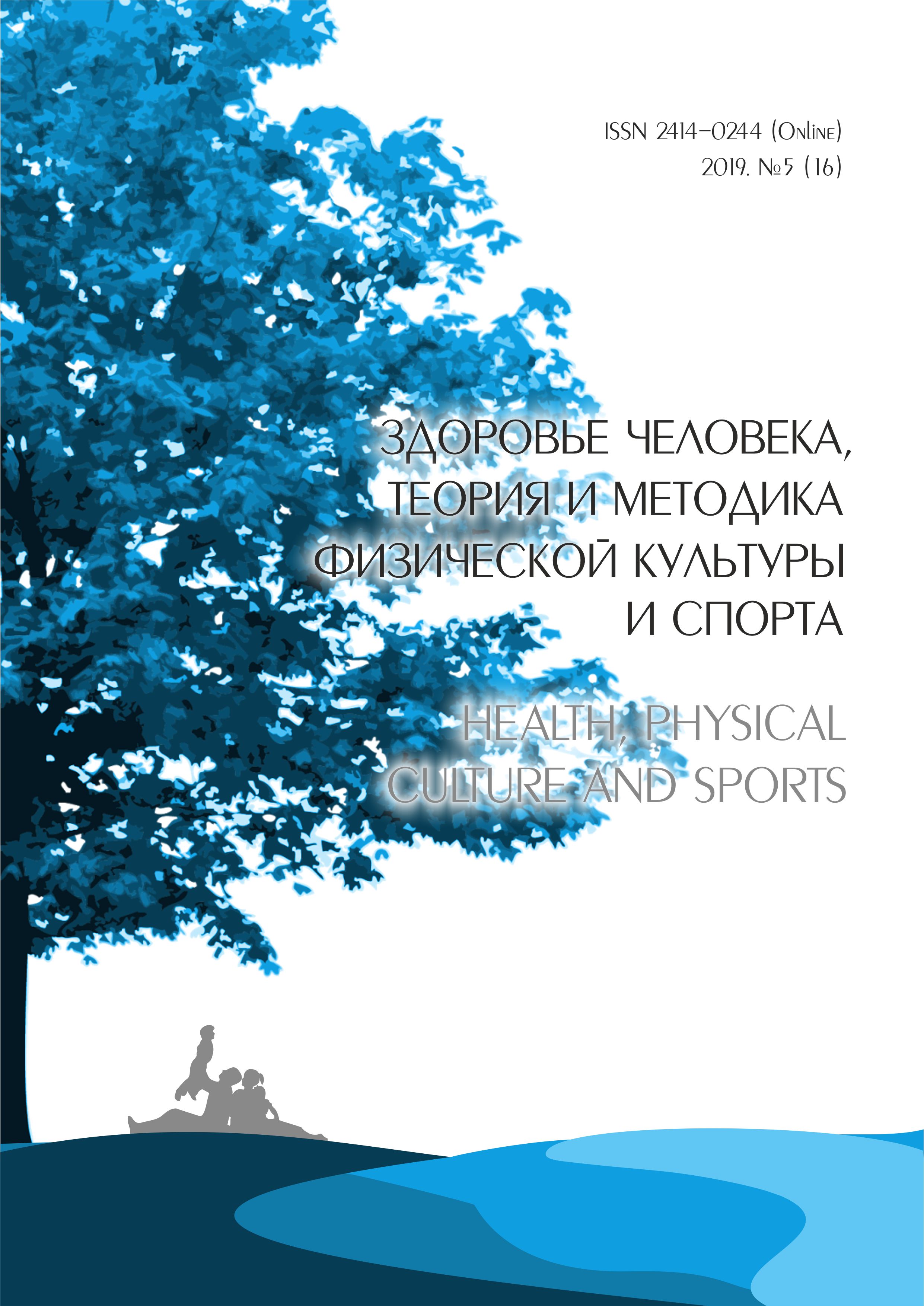PERCEPTIONS OF FAMILY ROLES IN THE CONTEXT OF GENDER IDENTITY FORMATION
Abstract
The study of the gender identity of adolescent children has recently become increasingly popular and in demand. Gender socialization leads to boys and girls acquiring specific qualities that lead to the formation of different types of gender identity in them. Gender identity is an aspect of self-awareness that describes a person's experience of themselves as a representative of a particular gender. The article analyzes and presents the results of an empirical study of gender attitudes concerning the distribution of roles in the family among girls and boys of older adolescence, depending on the type of their gender identity. For the study, the questionnaire "Proverbs", which was compiled by I. S. Kletsina, is used to study gender attitudes regarding the distribution of roles in the family; as well as the gender-role questionnaire With. BEM, used to diagnose psychological sex and determines the degree of androgyny, masculinity and femininity of the person, allows you to determine the type of personality: masculine, feminine, androgynous.The analysis of the results of the study leads to the conclusion that among older adolescent boys, the masculine type of gender identity is most often represented. Predominant in the structure of gender identity of girls of older adolescence is the feminine type. However, androgynous and masculine types are slightly less common, which indicates that the gender-role identity of teenage girls is not fully formed.The analysis of gender attitudes regarding the distribution of roles in the family showed that older adolescent boys in most cases represent traditional families, while older adolescent girls are focused on the egalitarian type of family relationships.The results of the study showed that boys and girls of older adolescence with different gender identities have features of gender attitudes that correlate with the distribution of intra-family roles. This study will be continued and aimed at studying the peculiarities of the formation and development of sexual identity of children in different periods of adulthood. The results of the study can be useful in the practice of teachers-psychologists, psychological counseling and psychotherapeutic practice.
Downloads
References
2. Воронцов. Д.В. Гендерная психология общения : монография / Д.В. Воронцов. – Ростов-на-Дону : Издательство Южного федерального университета, 2008. с.223-226
3. Берн, Ш. Гендерная психология / Ш. Берн. – СПб. : Прайм-Евро знак, 2008. с.11-15
4. Бендас, Т.В. Гендерная психология / Т.В. Бендас. – СПб. : Питер, 2006. с.111-115
5. Шнейдер, Л.Б. Личностная, гендерная и профессиональная идентичность: теория и методы диагностики. М.: Изд-во Моск. психол.-соц. ин-та, 2014. с.32-37
6. Абраменкова В.В. Половая дифференциация и сексуализация детства // Вопросы психологии. 2003. № 5. - С.8-11.
7. Азарова Е.А. Педагогическая профилактика насилия над детьми в семье средствами православной культуры : автореф. дис. … канд. пед. наук/ Азарова Е.А. – Ростов-на-Дону. 2004. с.21-23
8. Демидов Д.Н. Соотношение Я-идеальное и Я-реальное и проблемы подростков: дис. … канд. психол. наук. СПб., 2012. с. 13-15
9. Варга А.Я. Системная семейная психотерапия. СПб.: Речь, 2001.- с.88-92
10. Волков Б.С. Психология подростка. СПб: Питер, 2013 г. с. 44-47
REFERENCES
1. 1. Klecina I.S. Psihologiya gendernyh otnoshenij: teoriya i praktika. SPb.: Alatejya, 2004. p.117-123
2. Voroncov. D.V. Gendernaya psihologiya obshcheniya : monografiya. – Rostov-na-Donu : Izdatel'stvo YUzhnogo federal'nogo universiteta, 2008. p. 223-226
3. Bern, SH. Gendernaya psihologiya. – SPb. : Prajm-Evro znak, 2008. p.11-15
4. Bendas, T.V. Gendernaya psihologiya. – SPb. : Piter, 2006. p.111-115
5. SHnejder, L.B. Lichnostnaya, gendernaya i professional'naya identichnost': teoriya i metody diagnostiki. M.: Izd-vo Mosk. psihol.-soc. in-ta, 2014. p. 32-37
6. Abramenkova V.V. Polovaya differenciaciya i seksualizaciya detstva . Voprosy psihologii. 2003. № 5. - S.8-11.
7. Azarova E.A. Pedagogicheskaya profilaktika nasiliya nad det'mi v sem'e sredstvami pravoslavnoj kul'tury : avtoref. dis. … kand. ped. nauk. – Rostov-na-Donu. 2004. s.21-23
8. Demidov D.N. Sootnoshenie YA-ideal'noe i YA-real'noe i problemy podrostkov: dis. … kand. psihol. nauk. SPb., 2012. p. 13-15
9. Varga A.YA. Sistemnaya semejnaya psihoterapiya. SPb.: Rech', 2001.- p. 88-92
10. Volkov B.S. Psihologiya podrostka. SPb: Piter, 2013 g. p. 44-47
An author should not normally publish manuscripts describing essentially the same research in multiple journals or publication venues. Such redundant publication is generally considered to constitute unethical publishing behavior, and if discovered may result in a manuscript under consideration being rejected, or a published article being retracted.
Authors of manuscripts reporting on original research should present an accurate account of the work performed, accompanied by an objective discussion of its significance. Underlying data should be represented accurately in the manuscript. The manuscript should contain sufficient detail and references to permit others to replicate the work. The fabrication of results and the making of fraudulent or knowingly inaccurate statements constitute unethical behavior and may be cause for rejection or retraction of a manuscript or published article.





